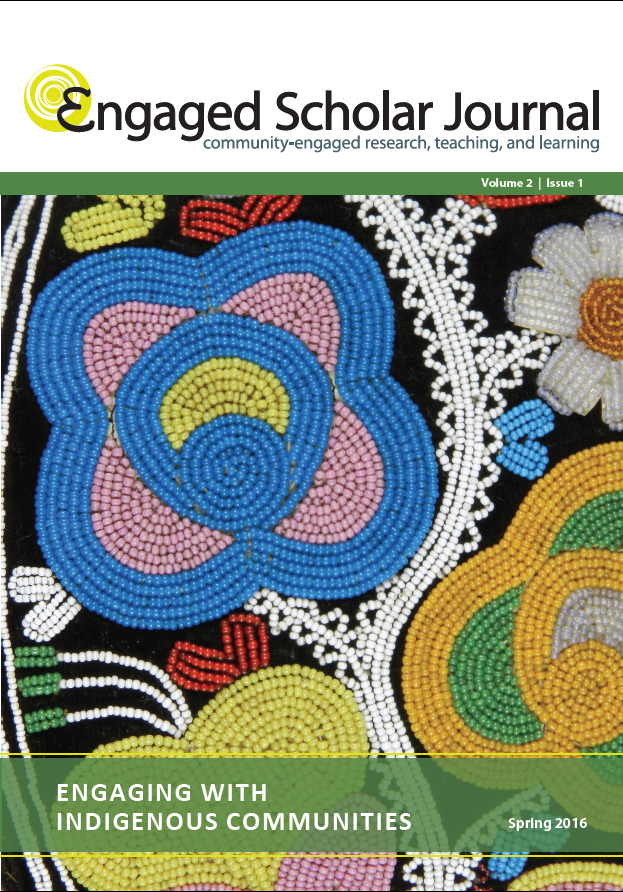Creating Ethical Research Partnerships – Relational Accountability in Action
DOI:
https://doi.org/10.15402/esj.v2i1.206Abstract
Research that focuses on Indigenous street gangs is primarily derived from the experiences and expertise of individuals who work in the criminal justice system or community-based organizations and not street gang members themselves (Grekul & LaRocque, 2011). The primary reason for this is that it is difficult to build research relationships with individuals who, for the majority of their lives, have tried to keep their lives hidden from those who they consider as outsiders. However, it is these narratives of those who have been directly involved with street gangs that provide the greatest insight into what attracts individuals to join, the realities of street gang life, and what is needed to support individuals to exit street gangs. The current article examines how relational accountability framed within the 4Rs (Kirkness & Barnhardt, 1991) was used to engage in a photovoice research project that focused on how Indigenous male ex-gang members came to construct their notions of masculinity within local street gangs. To engage the men in the research, relationships were built with STR8 UP, a community-based gang intervention program located in Saskatoon, Saskatchewan. By building relationships, the foundational components to Indigenous research, trust between researcher and participants was established where modifications within the research methods could occur to engage the men’s participation more fully. The current article also examines the importance of critical reflexivity within relational accountability, as it provides researchers with a tool to understand their social privileges and how this can impact the research process
Downloads
Published
How to Cite
Issue
Section
License
Authors who publish with this journal agree to the following terms:
- Authors retain copyright and grant the journal right of first publication with the work simultaneously licensed under a Creative Commons Attribution License CC BY 4.0 that allows others to share the work with an acknowledgement of the work's authorship and initial publication in this journal.
- Authors are able to enter separate, additional contractual agreements for the non-exclusive distribution of the journal's published version of the work (e.g., post it to an institutional repository or publish it in a book), with an acknowledgement of its initial publication in this journal.
- Authors are permitted to post their work online (e.g., in an institutional repository or on their website) after the publication of their work in the Engaged Scholar Journal.
- Please note that while every opportunity will be taken to ensure author participation in the editing process, due to time constraints final copyediting changes may be made before publication to ensure APA adherence throughout all submissions.




